Rising Culinary Trends
The extra virgin-olive-oil market is experiencing a surge in demand driven by evolving culinary trends across Europe. Consumers are increasingly seeking high-quality ingredients to enhance their cooking experiences. This trend is reflected in the growing popularity of Mediterranean cuisine, which prominently features extra virgin olive oil as a staple. According to recent data, the culinary segment has seen a growth rate of approximately 8% annually, indicating a robust interest in gourmet cooking. Chefs and home cooks alike are prioritizing flavor and health benefits, leading to a greater emphasis on sourcing premium extra virgin olive oil. This shift not only elevates the status of olive oil in culinary applications but also encourages consumers to explore diverse varieties, thereby expanding the market. As culinary innovation continues to flourish, the extra virgin-olive-oil market is poised to benefit significantly.
Increased Awareness of Quality
Consumer awareness regarding the quality of extra virgin olive oil is becoming a pivotal driver in the extra virgin-olive-oil market. With the rise of information accessibility, consumers are more informed about the differences between various grades of olive oil. This heightened awareness has led to a preference for certified extra virgin olive oil, which is perceived as a healthier and more flavorful option. Recent studies indicate that approximately 65% of consumers in Europe are willing to pay a premium for high-quality extra virgin olive oil, reflecting a shift towards discerning purchasing behavior. This trend is further supported by initiatives aimed at educating consumers about the health benefits and culinary uses of extra virgin olive oil. As a result, producers are increasingly focusing on quality assurance and transparency in their offerings, which is likely to enhance consumer trust and loyalty within the extra virgin-olive-oil market.
Growing Demand for Premium Products
The extra virgin-olive-oil market is witnessing a notable increase in demand for premium products. As disposable incomes rise across Europe, consumers are more inclined to invest in high-quality food products, including extra virgin olive oil. Market analysis suggests that the premium segment is expected to grow at a rate of 10% annually, driven by a shift in consumer preferences towards artisanal and locally sourced products. This trend is particularly evident in countries like Italy and Spain, where traditional production methods are highly valued. Consumers are increasingly seeking unique flavor profiles and health benefits associated with premium extra virgin olive oil, which is often perceived as a luxury item. Consequently, producers are responding by enhancing their branding and marketing strategies to highlight the distinct qualities of their offerings, thereby positioning themselves favorably within the competitive landscape of the extra virgin-olive-oil market.
Shift Towards Sustainable Practices
The extra virgin-olive-oil market is increasingly influenced by a shift towards sustainable agricultural practices. As environmental concerns gain prominence, consumers are becoming more conscious of the ecological impact of their food choices. This trend is reflected in the rising demand for sustainably produced extra virgin olive oil, which is often associated with organic farming methods. Recent surveys indicate that approximately 70% of European consumers express a preference for products that are certified organic or sustainably sourced. This growing inclination towards sustainability is prompting producers to adopt eco-friendly practices, such as reduced pesticide use and water conservation techniques. Consequently, the market is likely to see a rise in the availability of sustainably produced extra virgin olive oil, which not only meets consumer demand but also aligns with broader environmental goals. This shift could potentially reshape the competitive landscape of the extra virgin-olive-oil market.
Regulatory Support for Quality Standards
Regulatory frameworks supporting quality standards are playing a crucial role in shaping the extra virgin-olive-oil market. In Europe, stringent regulations ensure that only products meeting specific criteria can be labeled as extra virgin olive oil. This regulatory environment not only protects consumers but also promotes fair competition among producers. Recent legislative measures have been introduced to enhance traceability and authenticity, which are vital for maintaining consumer confidence. As a result, the market is witnessing a consolidation of quality, with an increasing number of producers striving to comply with these standards. This regulatory support is likely to foster a more transparent market, encouraging consumers to choose certified products. Furthermore, it may lead to an overall increase in the perceived value of extra virgin olive oil, thereby positively impacting sales and market growth within the extra virgin-olive-oil market.


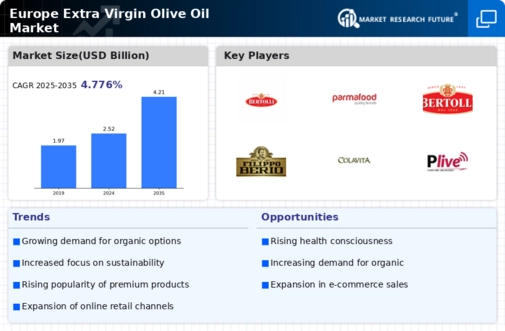

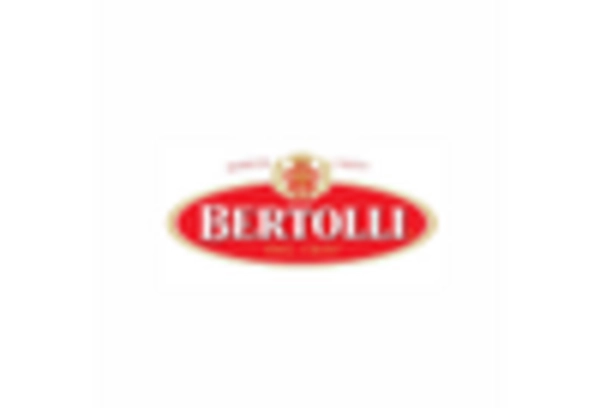
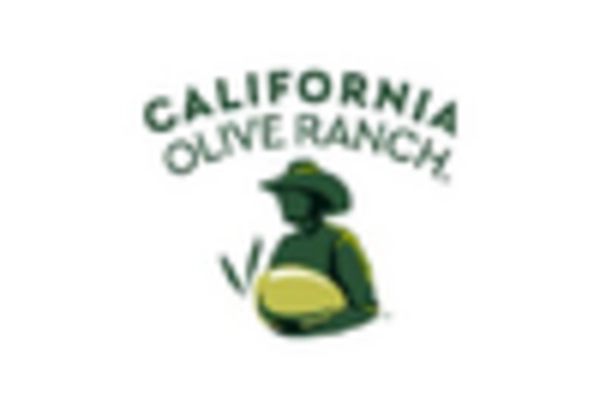

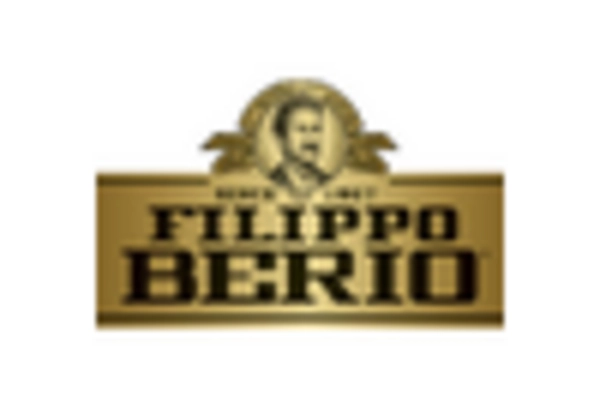
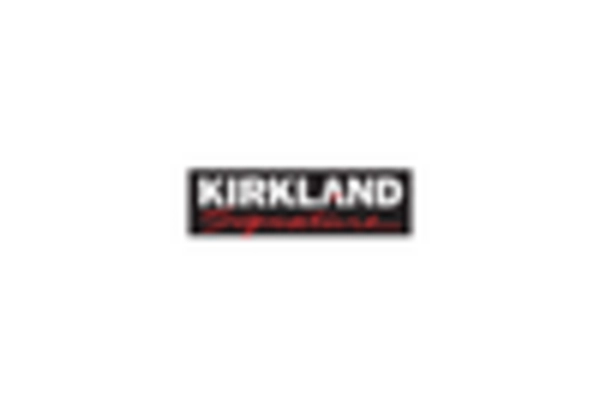









Leave a Comment